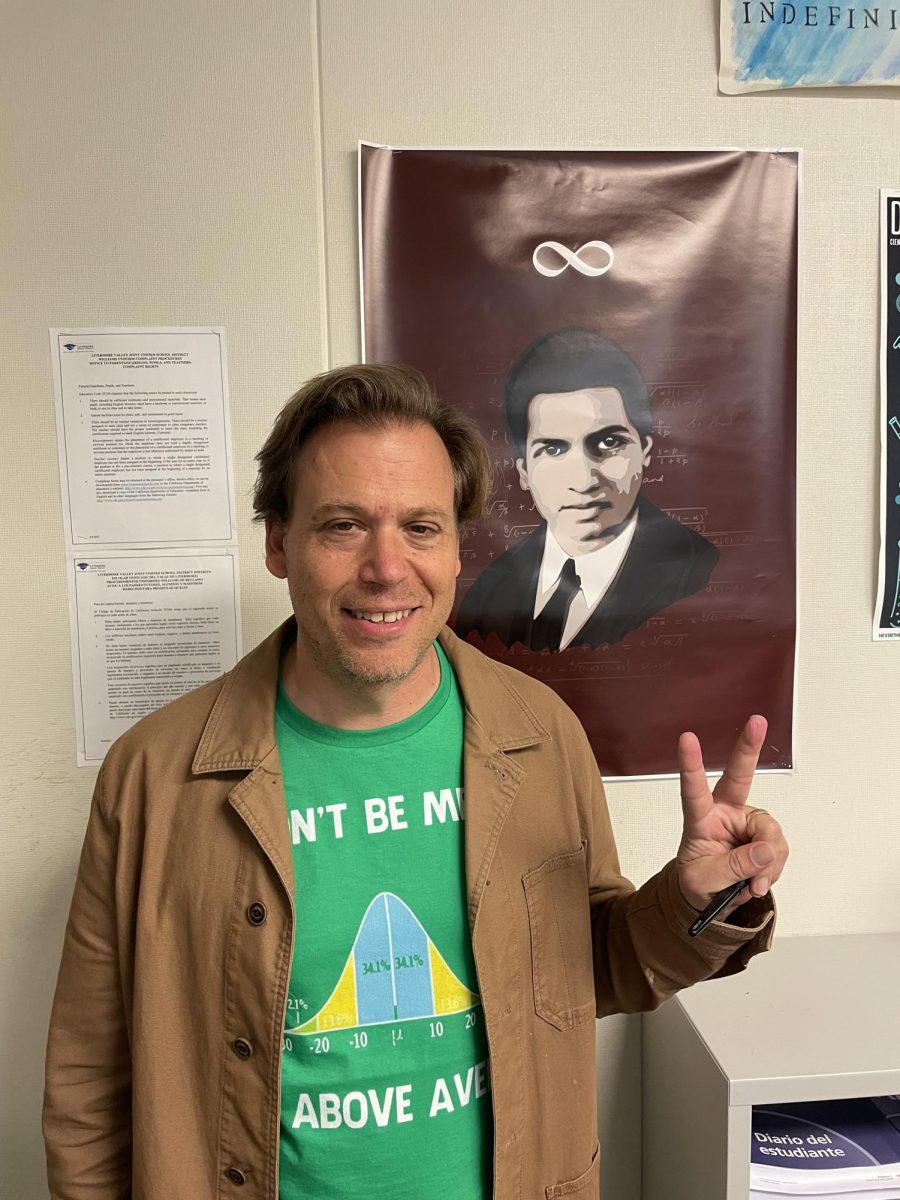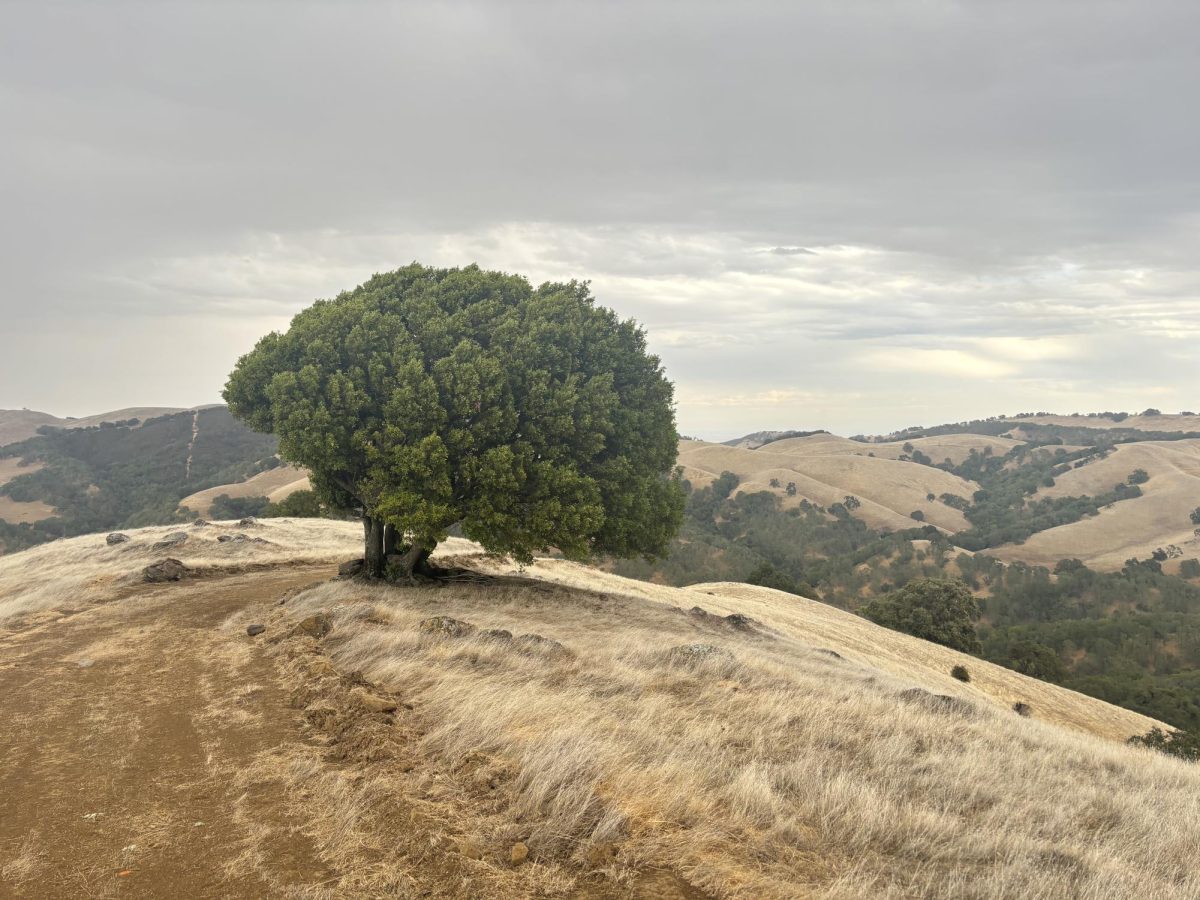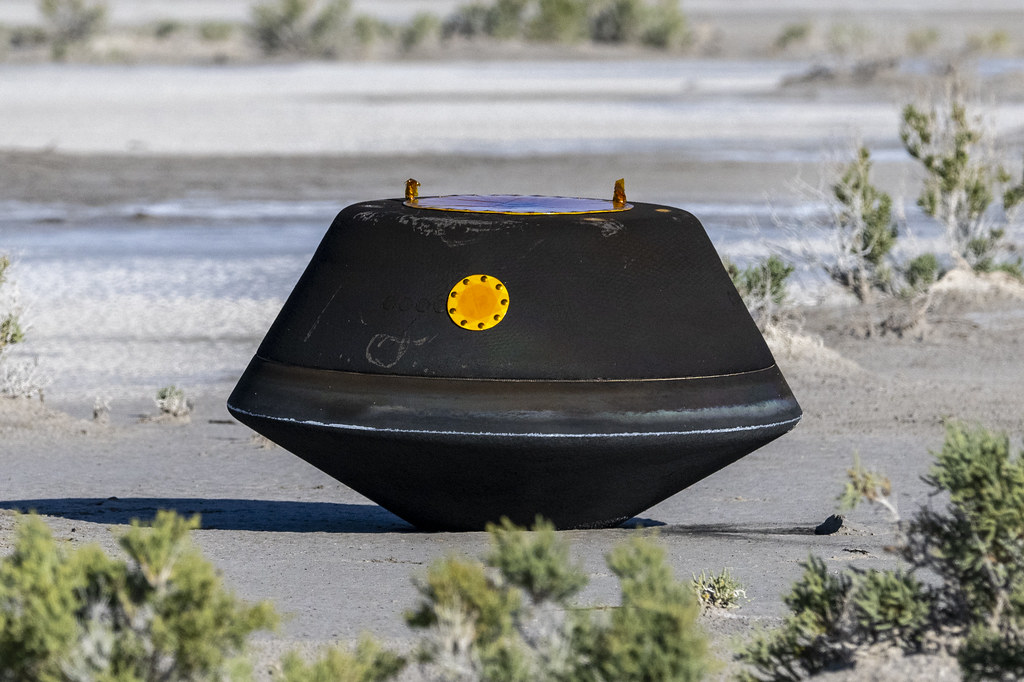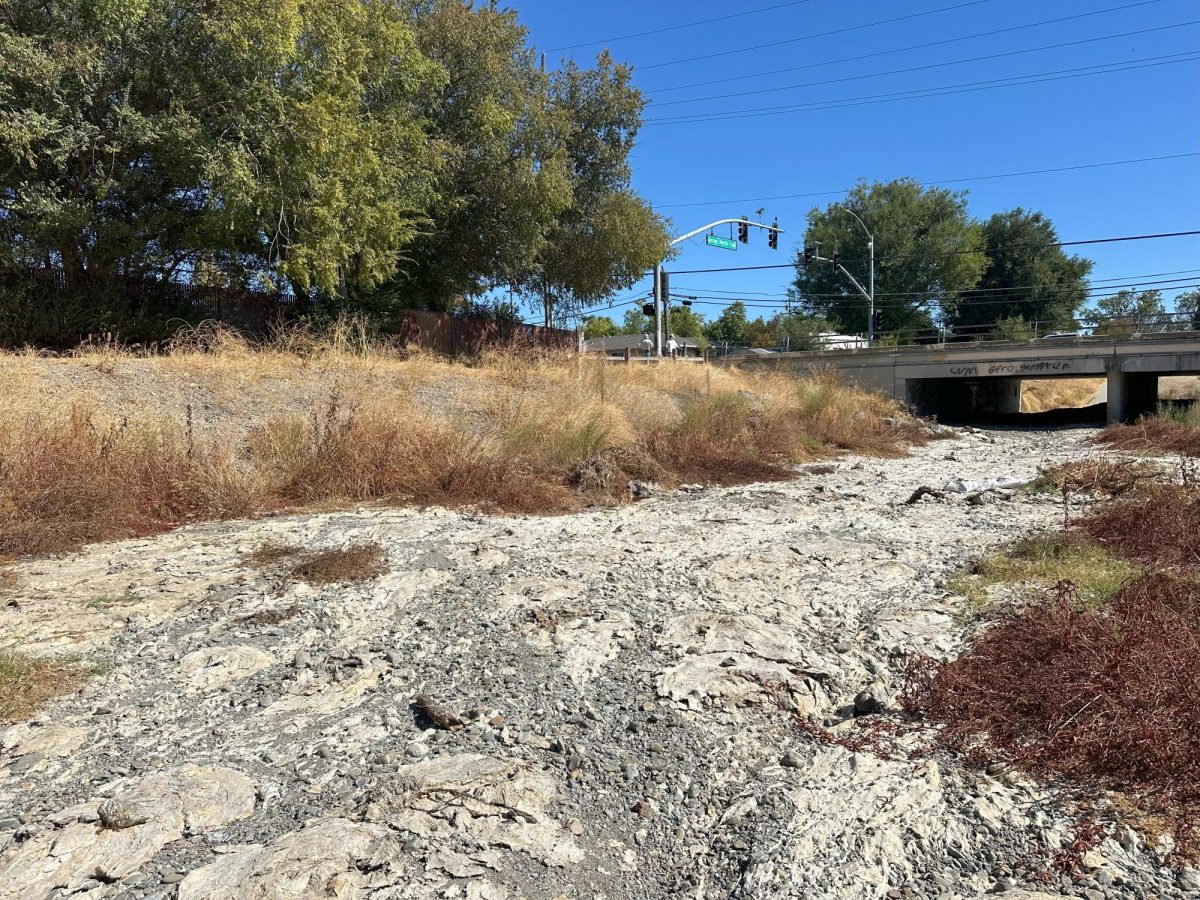“This mission proves that NASA does big things, things that inspire us, things that unite us,” remarked NASA administrator Bill Nelson, in regards to the OSIRIS-REx mission. He then added, “It wasn’t mission impossible. It was the impossible that became possible.”
The OSIRIS-REx program from the United States’ National Aeronautics and Space Administration, or NASA, has recently returned 250g of material from asteroid Bennu, finishing a mission that lasted seven years and cost over 1.16 billion dollars.
What is OSIRIS-REx?
OSIRIS-REx is an acronym for “Origins, Spectral Interpretation, Research Identification, and Security-Regolith Explorer.” In other words, it was sent out to explore asteroids that may have information about the origins of our solar system. NASA’s Goddard Space Flight Center in Greenbelt, Maryland provided systems engineering, overall management and safety assurance for the program, Dante Lauretta at the University of Arizona is the mission’s principal investigator, and Lockheed Martin Space Systems in Denver assembled the spacecraft.
Why Bennu?
Asteroid Bennu offers a unique insight into the formation of the solar system, which happened over 4.5 billion years ago. Evidence of such that could be found on Earth has been wiped away by erosion, plate tectonics, and weather. Additionally, Bennu has all the organic compounds that make up all known life, and scientists believe that asteroids similar to Bennu may have crashed into the Earth at some point in time, delivering the foundations to life to our planet. Thirdly, and maybe most importantly, most asteroids in our solar system are within the asteroid belt, located between Mars and Jupiter. A round trip there would be longer and more tedious, but Bennu crosses Earth’s orbit, making the OSIRIS-REx mission possible.
How Will the Recovered Material be Used?
Minutes after landing at the Department of Defense’s Utah Training Range, the recovery team was dispatched to the landing site, and investigated the capsule to determine if it was safe to approach. About a quarter of the sample will be distributed to 233 scientists representing 38 institutions, 4% will be given to the Canadian Space Agency, and 0.5% to JAXA (Japan Aerospace Exploration Agency). The remaining 70% will be preserved at NASA’s Johnson Space Center, for when we develop new tools that could help us identify more new information about the substances. NASA has developed a program to keep the sample safe from Earth’s contaminates, and stated that the capsule and its contents are safe for Earth.
What Happens Next for OSIRIS-REx?
Just 20 minutes after the spacecraft released its sample above Earth’s atmosphere, directed its engines away from Earth, and ventured off on a new mission, OSIRIS-APEX, to explore another asteroid, Apophis, which the craft will reach in 2029.
So long, OSIRIS.





























